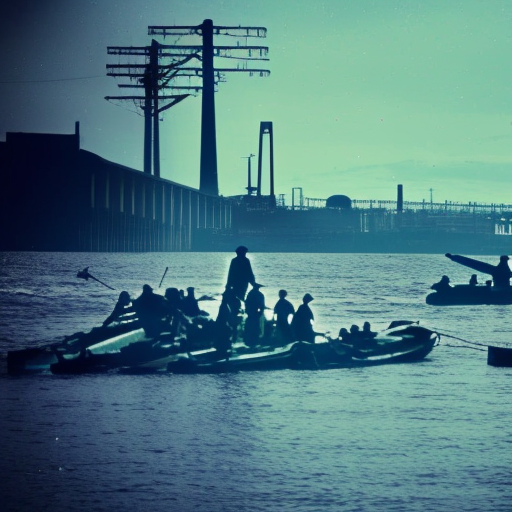Summary:
The Summerland disaster was a catastrophic fire that occurred on August 2, 1973, at the Summerland leisure complex in Douglas, Isle of Man. The fire claimed the lives of 50 people and left over 80 injured. It was one of the deadliest fires in British history and led to significant changes in fire safety regulations.
The Summerland leisure complex:
Summerland was a large entertainment complex that opened in 1971. It featured a variety of attractions, including a water park, amusement arcades, restaurants, and bars. The complex was built using innovative materials, including a plastic-based cladding known as Oroglas, which was highly flammable.
The fire:
On the evening of August 2, 1973, a fire broke out in the Summerland complex. The fire started in the basement near the arcade area. Initially, the fire was small and contained, but it quickly spread due to the highly flammable materials used in the construction of the building.
Evacuation and rescue efforts:
As the fire rapidly spread, panic ensued among the approximately 3,000 people inside the complex. Many struggled to find the exits, which were poorly marked and insufficient in number. The lack of clear evacuation procedures and staff training further exacerbated the chaos.
Response and aftermath:
Firefighters and emergency services were quickly dispatched to the scene, but they faced numerous challenges in their rescue efforts. The lack of suitable equipment and the unfamiliar layout of the complex hindered their ability to contain the fire and rescue those trapped inside.
The Summerland disaster had a profound impact on fire safety regulations in the United Kingdom. It exposed significant flaws in building design, emergency planning, and fire safety standards. As a result, the Fire Precautions Act 1971 was amended to introduce stricter regulations for public buildings, including the requirement for fire certificates and improved evacuation procedures.
Lessons learned:
The Summerland disaster highlighted the importance of proper fire safety measures and the need for regular inspections of public buildings. It led to a greater emphasis on fire prevention, improved building design, and the development of more effective evacuation plans.
Legacy:
The Summerland disaster remains a significant event in the history of fire safety. It served as a wake-up call for authorities and the public, prompting a reevaluation of safety standards and regulations. The tragedy led to advancements in fire safety practices and the development of more stringent building codes.
Conclusion:
The Summerland disaster was a devastating fire that claimed the lives of 50 people and left a lasting impact on fire safety regulations in the United Kingdom. It exposed flaws in building design, emergency planning, and fire safety standards, leading to significant changes in legislation. The lessons learned from this tragedy continue to shape fire safety practices today.












